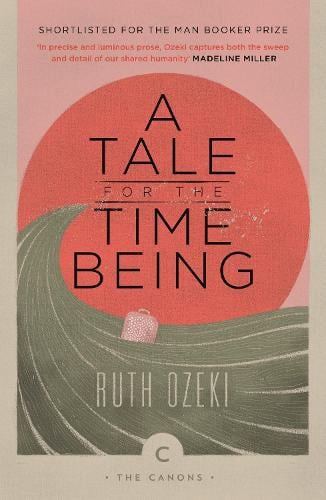

Similarly, Ruth really ought to return to her long languishing memoir, but instead she spends her time researching Nao and her family. At the start of the novel, Nao promises to tell the story of her hundred-and-four-year-old great-grandmother Old Jiko, but instead she recounts her own story, her family’s move from Sunnyvale, California, back to Japan, the bullying she suffers at her new school, her father’s suicide attempts, and the evolution of her own suicidal thoughts. Though Ozeki has rather evenly divided the narrative space of the novel between Nao and Ruth, the book’s center of gravity is unquestionably Nao (pronounced “now”). As the novel alternates between excerpts of Nao’s diary and third-person point of view sections in which Ruth reacts to the diary and the other documents, A Tale proves an ambitious, if ultimately frustrating, meditation on suicide, the reader-writer relationship, and the human experience of time. The lunchbox contains a watch, a French composition book, a set of letters in Japanese, and, most intriguingly, the diary of a sixteen-year-old Japanese girl, Nao Yasutani. Early in Ruth Ozeki’s new novel, A Tale for the Time Being (Viking), a writer with whom Ozeki shares her first name finds a Hello Kitty lunchbox on the beach of her Pacific-Northwest island.


 0 kommentar(er)
0 kommentar(er)
